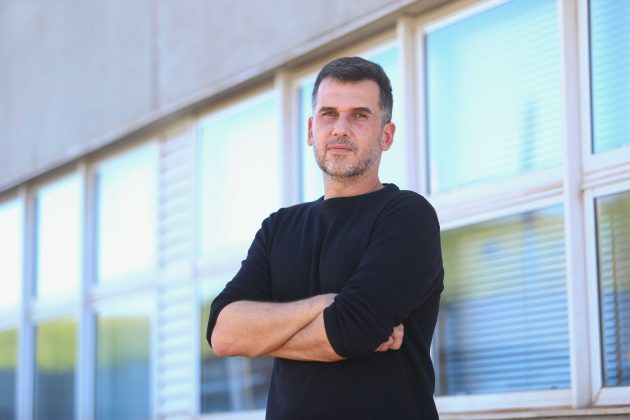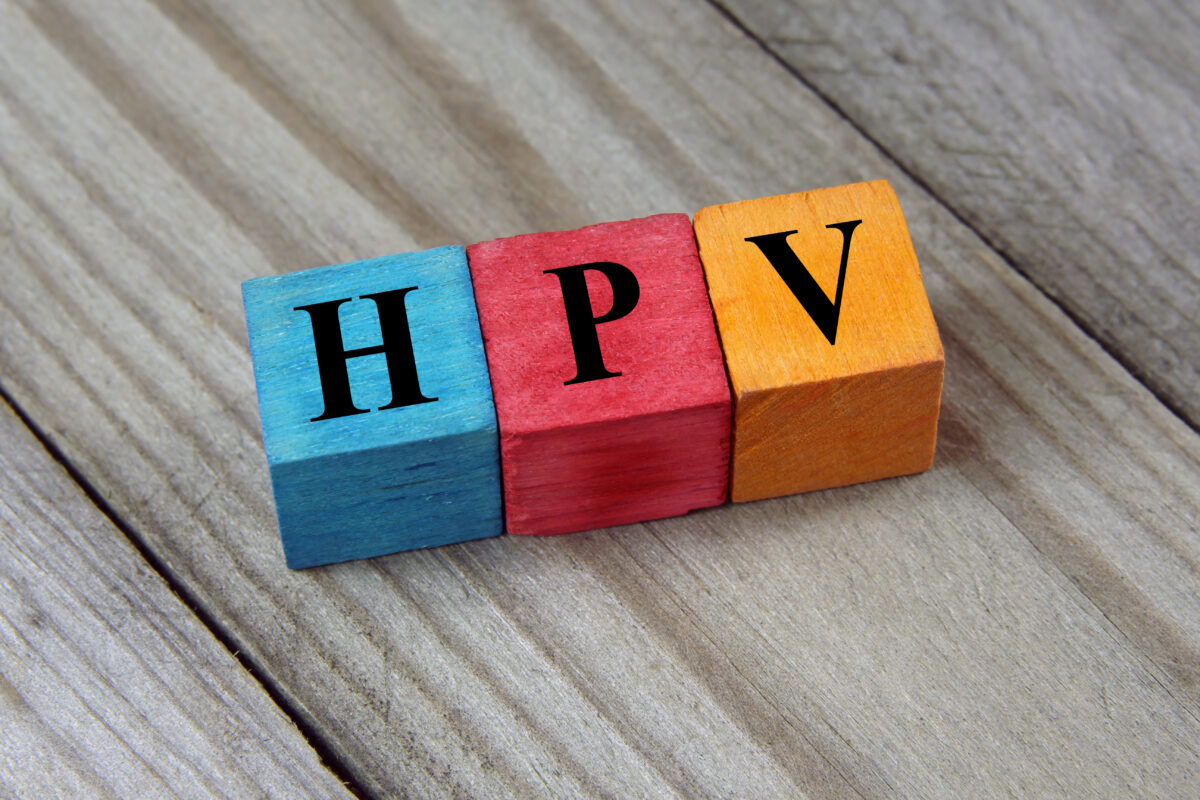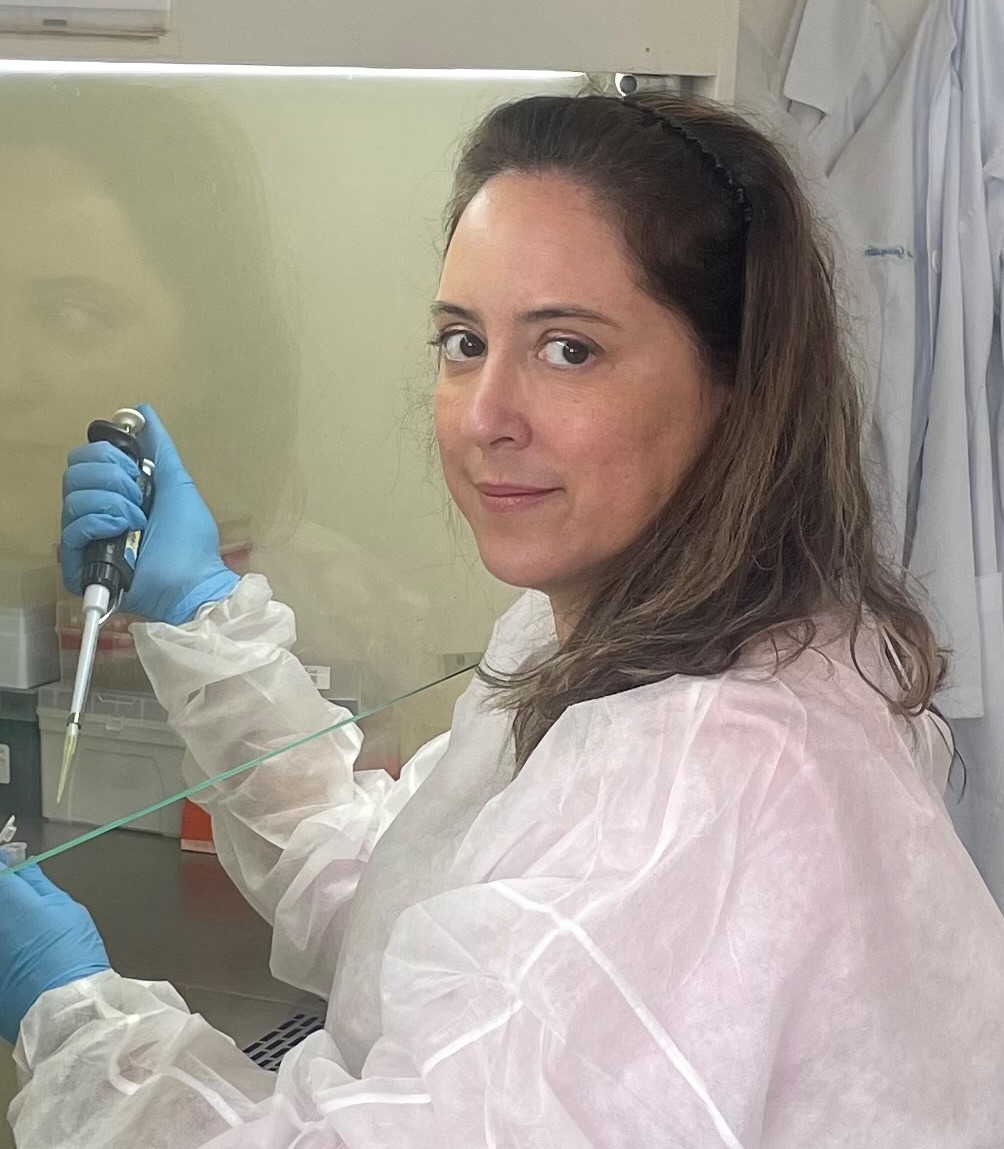 #Interviews
#Interviews
The most aggressive variants of HPV
Laura Sichero, a biologist from the Cancer Institute, talks about the HPV variant most likely to cause cancer
 Illustration: Shutterstock
Illustration: Shutterstock
A team of researchers from São Paulo have made important progress in efforts to discover which variants of the human papillomavirus (HPV) may be more associated with tumors, largely due to the genetic variability in the Brazilian population. Still in the basic research phase, the study could contribute to the future development of treatments against the disease.
The latest scientific data show that 15% of all tumors investigated worldwide are associated with infectious agents. Hepatitis B viruses were identified as the most common originators, primarily causing liver tumors. But another microorganism frequently observed in the samples was HPV, linked to cervical cancer, but also to tumors in other parts of the body, such as the oropharynx, vagina, penis, and anus.
“It is known that 5% of human tumors are caused by HPV. That is a high percentage,” stresses Laura Sichero, a biologist and coordinator of the Molecular Biology Laboratory at the Center for Translational Research in Oncology at the São Paulo State Cancer Institute (ICESP).
The researcher, whose work focuses on the relationship between HPV and cancer, was the author of a 2021 study published in the journal Viruses that identified a variant of HPV-18 (human papillomavirus type 18) with greater cancer-causing potential. The study won the 13th edition of the Octavio Frias de Oliveira Award in the “Oncology Research” category.
According to Sichero, more than 200 types of HPV have been described in the literature, with several variants undergoing small genetic mutations over time.
The main result of the research led by Sichero is that from an epidemiological point of view, the A1 variant of HPV-18 has a higher risk of causing cancer in women than the B1 variant. HPV-18 is one of the major causes of adenocarcinoma, a type of malignant tumor that arises in the glandular epithelial tissue of the uterine endocervix.
The group reached their findings by creating a cellular model that simulates persistent HPV infection, a condition needed for tumors to develop. By comparing various properties of tumor cells and normal cells (such as the ability to migrate, replicate, and invade other tissues in the body), the scientists were able to identify the most aggressive variant.
Sichero has been studying the topic for more than two decades. She completed her PhD on the HPV virus in the 1990s, supervised by biologist Luisa Lina Villa at the University of São Paulo (USP). In the following interview, she talks about recent advances in HPV and cancer research.

What are the major changes and advances you have seen in HPV and cancer research over the last 20 years?
Laura Sichero – When I started doing research in the 1990s, we knew that there was genetic variability in cases of HPV in the population. The geographic distribution was distinct, so the different variants were spread across the continents. At that time, however, we did not realize that these variations might be associated with varying levels of disease risk and all the other functional differences that we have since identified. It is really satisfying to witness all these advances. When I started, this line of research was in its infancy.
How are these studies being carried out in Brazil, where there is great genetic variability in the population due to the range of ethnic groups and waves of migrations that we have experienced? Due to migration and the European, African, and Asian genetic heritage in the country, variants of every phylogenetic branch can be found here. This helps us study the virus in all of its diversity.
In epidemiological terms, Brazil’s situation is really useful for our research, providing us with a vast range of study options capable of including significant genetic variability.
From a scientific point of view, what fascinates you most about this line of research?
The most interesting part for me is when we manage to actually identify a correlation between HPV and cancer. When we analyze the cells and realize that a certain variant is what caused that cell to develop more oncogenic characteristics than other variants also being studied. And then on top of that, there is the positive correlation with clinical cases in patients.
When we find the most oncogenic variant in functional assays and later verify an association with a higher risk of persistent infection and development of the disease—that’s when we know we are making progress in tackling the problem, and hopefully working together to solve it in the near future.
What are the next steps?
We are still very much in the basic research phase. That is what science is like—we discover ten things and thirty new questions arise. Next, we are going to analyze what biochemical signaling pathways are triggered by the different variants of HPV-18, based on which we will be able to identify proteins that could make good therapeutic targets in the future.
When I first started, I never thought I would be alive to see the HPV vaccine used as widely and effectively as it is being used today. Nowadays we can develop vaccines at an absurd speed and in a completely safe way, as COVID-19 has shown us. In my field, the improvements in genetic sequencing methodologies and in the assays available for determining the characteristics of tumorigenic cells has led to major research advances.
You co-authored a June study published in The Journal of Infectious Diseases on HPV-16 infection in men. What is this research about?
The study analyzed men from the United States, Brazil, and Mexico to evaluate the prevalence of variants of HPV-16, one of the types of the virus. We characterized HPV-16 variants in 753 men and 22 external genital lesions of 17 men. The prevalence of HPV-16 differed by country and marital status.
Overall, 90.9% of participants had HPV lineage A variants. The prevalence of non-A lineages was heterogeneous between countries. HPV-16 lineage A variants were associated with a 2.6-fold increased risk of long-term persistent infections compared with non-A lineages. All high-grade penile intraepithelial neoplasias harbored lineage A variants and occurred in the context of the same variants of long-term persistent infections.
We conclude that the prevalence and persistence of HPV-16 variants observed in male external genitalia suggest differences between the natural history of this HPV type variant between men and women. This may be associated with intrinsic differences in the infected genital epithelium.
*
This article may be republished online under the CC-BY-NC-ND Creative Commons license.
The text must not be edited and the author(s) and source (Science Arena) must be credited.


